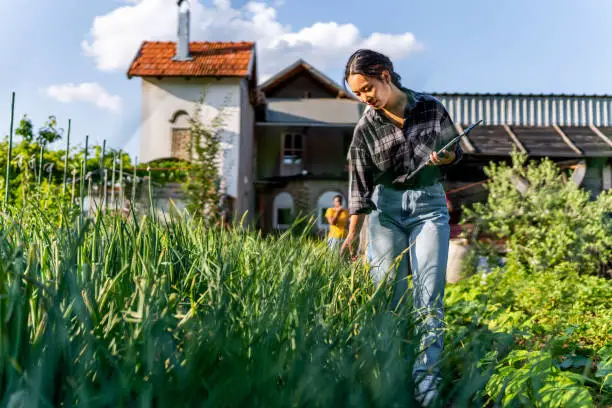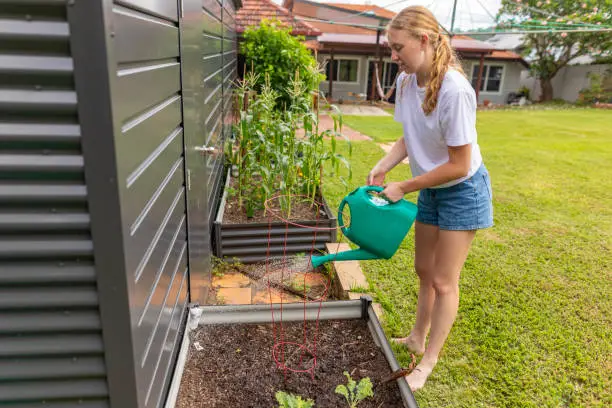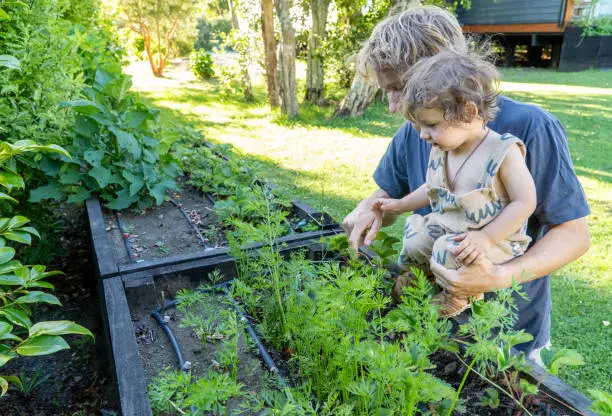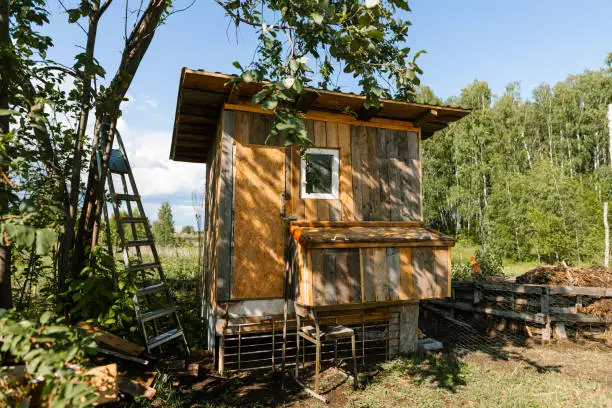In your backyard homesteading, have you considered rabbits? Like having a tiny, fluffy farm outside your door. Rabbits are quiet, require little room, and give meat and fur. Let’s get into making your backyard a bunny sanctuary.
Setup Your Rabbitry
The proper setup comes first. Imagine giving your rabbits a lovely apartment complex. Hutches or cages should be large enough for hopping but secure enough to keep predators out. Rabbit droppings fall through wire mesh floors, making housekeeping easy.
Avoid sacrificing comfort! Soft, absorbent hay makes good bedding. Place the cabinets in the shade to avoid harsh weather. Rabbits can experience heatstroke from prolonged sunshine.
Finding the Right Breeds
Not all rabbits produce meat and fur equally. New Zealand Whites and Californians have good meat-to-bone ratios and grow swiftly. Their luxuriant wool makes Angoras ideal for fur.
Mixing breeds requires genetic expertise. Purebreds maintain growth and fur quality.
Furry Friends’ Food
Rabbits have dietary restrictions but aren’t choosy. Hay (the staple), fresh vegetables, and rabbit pellets make a balanced diet. Iceberg lettuce has no nutritional benefit and might cause intestinal difficulties.
Keep their water bottles full with fresh water. Check periodically in winter to avoid freezing.
Health Checkups
Rabbits need frequent vet visits like other pets. Watch for ear mites and respiratory diseases. If you observe lethargy or appetite loss, see a small animal vet.
Vaccinations may not be necessary in your area, but check local standards.

Breeding Fundamentals
Breeding rabbits for meat or fur will become a regular habit. Doe rabbits can breed at six months, but buck rabbits develop earlier.
Avoid territorial issues by placing the doe in the buck’s cage when mating. Mating produces kits (baby rabbits) in 30 days!
Kits can achieve market weight in 12 weeks if raised for meat and weaned at eight weeks.
The Humane Way to Harvest Meat
It’s not everyone’s favorite topic, but homesteaders who raise animals for sustenance must harvest. Cervical dislocation—an instantaneous neck break without pain—is the most merciful procedure.
Dressing out: skinning and gutting the rabbit takes practice but gets simpler with practice and YouTube videos!
Use sharp knives—dull blades make this operation difficult for you and the animal.
Fur processing
If you’ve chosen to produce fur, be prepared because Angora wool needs grooming every few months. At the same time, pelts from other breeds come post-harvest after being properly tanned to preserve their softness and durability, making beautiful coats, hats, gloves, scarves, etc.
Grooming Angoras involves delicately combing out stray threads without tugging too hard because their skin is delicate and often harmed by severe handling. Tanning pelts requires soaking, scraping, drying, and stretching until they’re pliable enough for creativity.
In summary, patience ensures high-quality products worthy of pride and happiness, so take your time to gain the skills needed to succeed in this gratifying effort.
Here’s a home rabbit farming primer! Though daunting initially, breaking things into simple pieces makes the process more bearable and fun. So why delay? Start arranging today to be surrounded by happy, healthy bunnies feeding and warming family and friends.
Yard goats: your homestead’s secret weapon for milk, meat, and more
Have you considered backyard goats? They’re cute and practical. Imagine eating homemade beef or fresh milk in the morning. Here’s why goats may be the finest homestead addition.

The Joy of Fresh Goat Milk
Picture this: Walking outside in the morning sun, you milk your goat. Creamy fresh goat milk is excellent. Calcium and vitamins A and D are also abundant. Milk intolerance sufferers can use it because it’s easier to digest than cow’s milk.
Milking a goat takes practice, but it’s easy. Once you get used to it, it’s a relaxing practice that ties you to nature. Producing your dairy is also quite rewarding.
Making Cheese at Home
Got milk? Then cheese! With time and simple equipment, you can make delicious cheeses from fresh goat milk in your house. Homemade cheese, from soft chèvre to pungent feta, enhances any meal.
Cheese-making may seem daunting. After trying it, you’ll discover it’s more art than science. No two cheeses are alike—each batch has its personality!
Goat-raising for meat
You’re not alone in raising goats for meat. Goat meat is leaner than beef or pork and has a deep, beloved flavor. This versatile ingredient works well in stews, curries, and barbecues.
From breed selection to nutrition and care, raising goats for meat involves precise planning. There are plenty of resources to help you through every phase.
Goats Mow Lawns Naturally
Mowing the grass bores you? Allow goats to work! Goats graze on grass and weeds, keeping your yard clean without work. They love invasive plants like poison ivy, which most animals avoid.
Remember that goats are curious and might get into trouble if left alone. Fencing keeps them protected and prevents them from wandering or eating your vegetation.
The Funny Side of Goat Ownership
Goats’ personality will delight you all day. Think of them as animal stand-up comedians—playful, cheeky, and full of surprises.
They’ll run around like sugar-high kids one minute and climb on anything they can, including vehicles, the next. You’ll laugh out loud at their shenanigans!
Social Aspect
Goats love human and animal company! They like socializing with their human caregivers and creating strong herd ties.
Watching your goats graze peacefully under blue skies and listening intently to every word you say can be emotionally rewarding. Many people find their presence calming after stressful days at work or school.
Consider rabbits—a little, fluffy farm outside your door—for backyard homesteading. Rabbits are quiet and small and give meat and fur. Make your backyard a rabbit sanctuary.
Large, secure hutches or cages make rabbits feel at home. Soft, absorbent hay is good bedding. Keep the setup sheltered to avoid intense weather.
Select New Zealand Whites and Californians for meat and Angoras for fur. Quality breed mixing takes genetic understanding.
Hay, fresh vegetables, and rabbit pellets should be their food. Use fresh water and avoid iceberg lettuce.
Rabbits require regular vet appointments. Look for ear mites and respiratory disorders. Consult a vet for lethargy or appetite loss.
The doe breeds at six months. To mate, the doe is put in the buck’s cage. Kits arrive in 30 days and achieve market weight in 12 weeks.
Humane meat harvesting with cervical dislocation. Practice makes dressing easier.
Angoras should be handled gently. Soak, scrape, dry, and stretch pelts to tan. Quality items take time.





Leave a Reply
You must be logged in to post a comment.